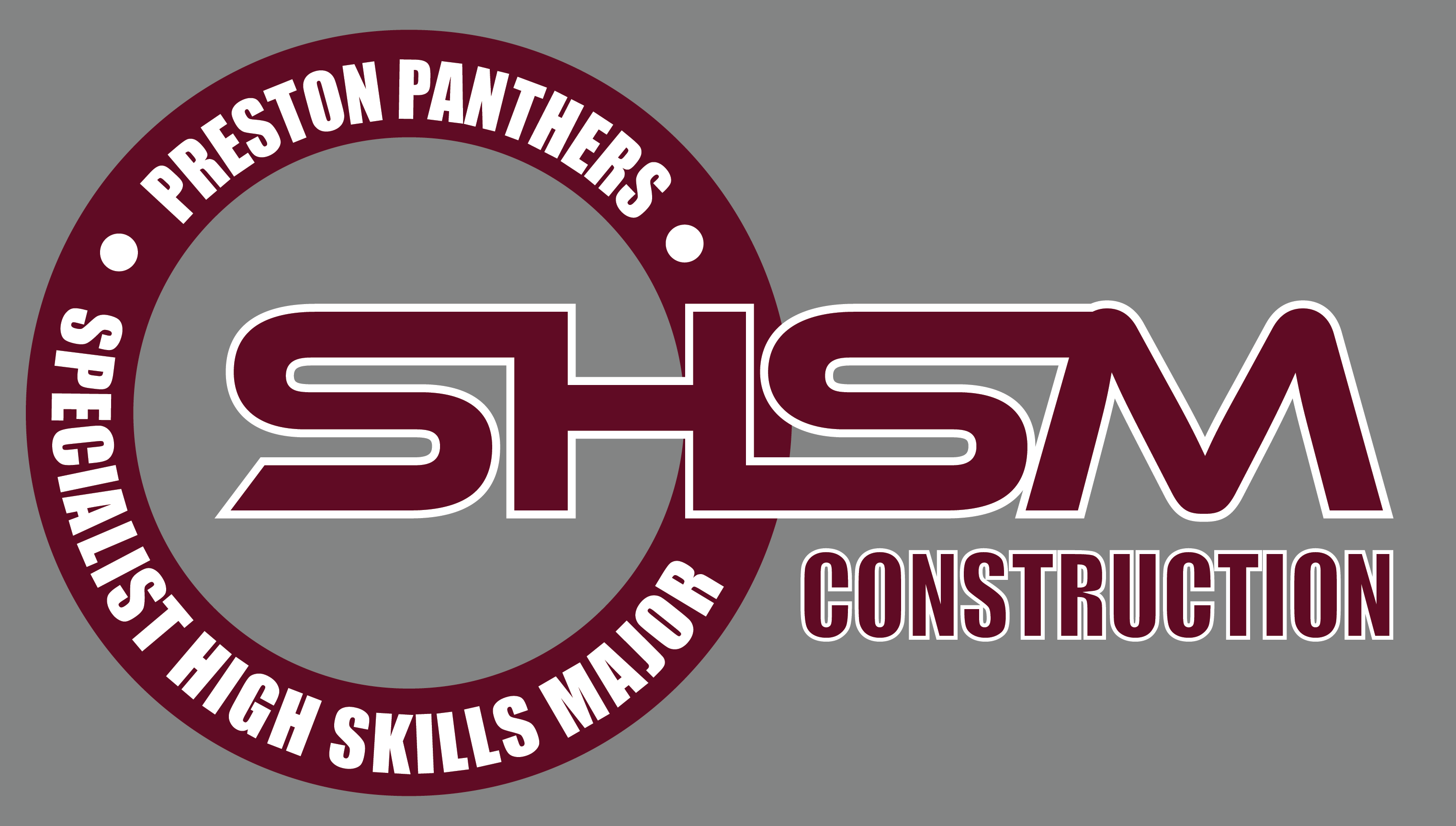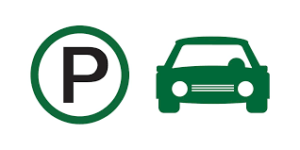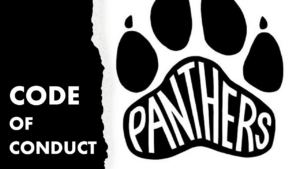Want to do well in school? Lots of students do! Here are some strategies that require discipline, but are rewarding when it’s time to study:
Take notes
Sounds simple, but there’s a whole lot of successful learning happening in the phrase, “take notes”. To take a note, you have to BE in class. You have to come with paper and at least 2 pens. You have to pay attention. You have to put someone else’s words into your own.
There are several ways to take notes. If the teacher provides skeleton notes, print those off ahead of time. The main points will be on the skeleton. All you need to do to make the notes your own is to add your own comments and info.
Keep your attention focused on what the teacher is saying. Use abbreviations like &, etc, bec (because), w (with), or others you make up. Place a ? beside notes that need clarification and a * by the ones that you think are important, or which the teacher says will be on the test. Underline new vocabulary or terminology.
Cornell Method
One method of note-taking, known as the Cornell method, or Cornell Notes, requires you to divide your page into 2 columns, one column twice as large as the other. (so, 2/3 to 1/3). Rule off a space at the bottom of the page for summarizing your notes. In the larger area, write the notes that the teacher gives you. In the small column, write or draw things that will trigger your memory of the note topic. Imagine that the note is about Trench Warfare during WWI. Write how the topic makes you feel (“ugh….imagine living in a trench!”), draw a picture of a soldier reading a letter from home, or make a connection (“this reminds of the time I went to camp, and I was so homesick”). As you review your notes, those doodles and memories prompt you to recall your teacher’s lesson. In the Summary area, write the key points of the lesson, any definitions of new vocabulary or even questions you have about what you are studying.
Use of Colour
Some students find colour to be a good way to access memory, so they use coloured pens to take notes. You can change pens with each line, or according to your own order (“the point or theme will be blue, the proof or quote I use will be red, and what I want to say about that point will be green”).
Write on only one side of the paper and use loose-leaf paper. This will make it easy to lay the sheets out in front of you when studying, or for pinning to the wall.
Create Mind Maps
Visual learners often use mind maps as a successful tool for taking notes, or for creating study notes. Mind maps provide a visual overview of the entire course — really good for right brain thinkers. The key to mind maps is colour — lots of it — and large paper, as they can really grow!
Experiment, and find the method that works for you. Whatever method you use, make sure you have complete notes. Check with another student or your study buddy to be sure you have not left out important information.
Review, review, review!
Set aside 15 minutes every night to read over the notes you took that day.
- Highlight any important facts.
- Circle any new or unfamiliar words
- Put a star beside any potential test material.
The colours, symbols, circling and highlighting all help make the content more memorable
Have a look at those “?” you wrote in your notes — what do you need to do to find out the missing information? Go back, and write that info in. Try reading the notes aloud to yourself — it makes you slow down and read every word. Plus, it’s one more channel by which the information enters your brain.
Do the homework that has been assigned. Put a title and date on the homework, and write the textbook reference.
Make a list of new terms and their definitions. Create a formula sheet. Ask yourself questions about the material, and answer them. Do extra textbook questions. Make study notes from your notes. Actively try to acquire the information.
Some students review by creating flash cards. You could put the word or term on the front, and the definition on the back. Or a map of Canada with no names, and on the back is the map with provinces and capitals.
You may have to rewrite your notes if they are too messy. Rewriting is an investment in the future — you need these notes to study for tests.
Study one topic or subject at a time. When its time to switch subjects, take a short break. Take a short walk, have a healthy snack (fruit, carrot sticks, peanut butter, yogurt), pour yourself a glass of water, and then return for the next subject.
Make your notes useable:
Some people have a separate notebook for each subject. Some have a morning binder and an afternoon binder, and keep 2 subjects in each binder. What do think will work for you?
Here are some basic rules for notebooks:
- put titles on the note
- put dates on the note
- write legibly
- keep notes in order
- keep subject areas separate
- file tests with notes
- Use those fantastic inventions — a 3 ring binder with loose leaf paper, and put the paper on the rings!
Categories: Spec Ed Tags: Hey Students · Studying · Taking Notes















